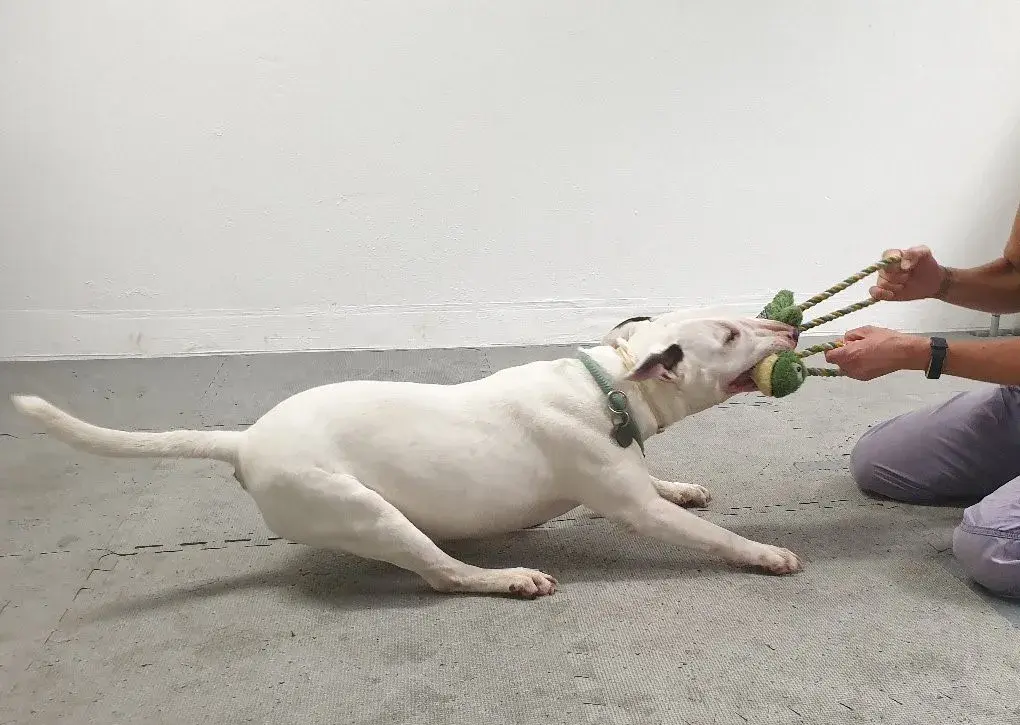
Every dog has its favorite toy—but your pups might be a bit more attached to their stuffies than you thought.
In a finding that may explain why some dogs can’t be parted from a favorite chew toy, international researchers suggest that certain canines can become addicted to their toys in a manner similar to human behavioral addictions such as gambling or gaming.
A study published in Scientific Reports looked at 105 dogs to scientifically evaluate these compulsive behaviors, which were previously only supported by anecdotal evidence.
The researchers concluded that nearly a third of the dogs exhibited clear signs of behavioral addiction.
The Symptoms of Toy Addiction
The study, conducted by researchers from the University of Bern, Switzerland, and the University of Veterinary Medicine Vienna, Austria, focused on dogs that their owners described as “highly motivated” to play with toys.
The dogs, which included common breeds like Malinois, border collies, and labrador retrievers, were put through specific tests to gauge their interaction with a selected toy and with their owner—and their reaction when the toy was removed.
Thirty-three dogs exhibited behaviors that the researchers categorized as addiction-like, mirroring common symptoms of behavioral addictions in humans, such as experiencing cravings and difficulty controlling themselves.
The key signs observed in the dogs included excessive fixation on and prioritization of the toy, a lack of interest in alternative behaviors, attempts to access the toy and inability to calm down for 15 minutes after all toys were removed from their sight.
The authors noted that when their toy was inaccessible, these dogs would focus on it and try to access it for longer periods. They also tended “to prioritize accessing it over consuming food or interacting with their owner.”
Understanding Welfare
The study, which the team say is the first published scientific evaluation of such behaviors, suggests that some dogs are simply ‘hooked’ on toys.
The concept of behavioral addictions in humans is characterized by a compulsive need to engage in an activity despite negative consequences. Previous anecdotal reports about dogs suggested similar compulsive engagement, such as “whining when a toy is out of reach and continuing to play despite overexertion or injury.”
While the research successfully identified these distinct behaviors in the dogs, the authors stress that further investigation is necessary.
They noted that additional studies are required “to determine the reasons for dogs excessively engaging with toys and whether this can negatively impact their welfare.”
The scientific community hopes to better understand why some dogs display this unusual, intense focus on their favorite things.
Do you have a tip on a science story that Newsweek should be covering? Do you have a question about GLP-1s? Let us know via science@newsweek.com.
Reference